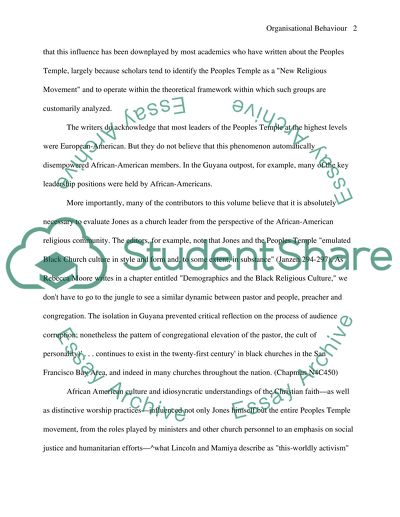Cite this document
(“Black Religion Essay Example | Topics and Well Written Essays - 2000 words”, n.d.)
Retrieved from https://studentshare.org/miscellaneous/1530623-black-religion
Retrieved from https://studentshare.org/miscellaneous/1530623-black-religion
(Black Religion Essay Example | Topics and Well Written Essays - 2000 Words)
https://studentshare.org/miscellaneous/1530623-black-religion.
https://studentshare.org/miscellaneous/1530623-black-religion.
“Black Religion Essay Example | Topics and Well Written Essays - 2000 Words”, n.d. https://studentshare.org/miscellaneous/1530623-black-religion.


